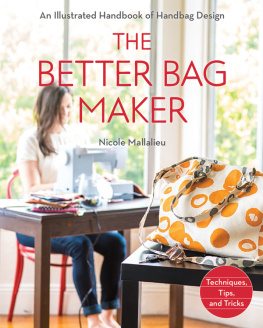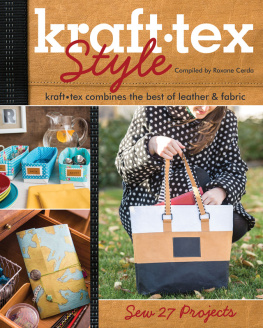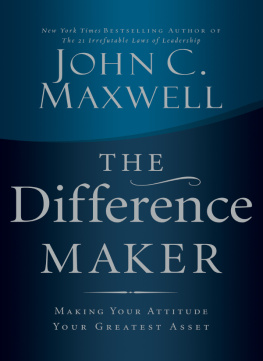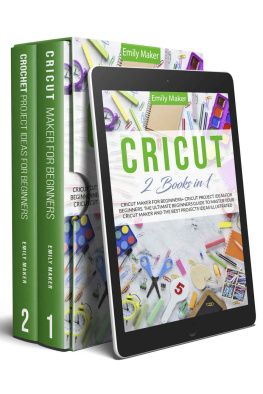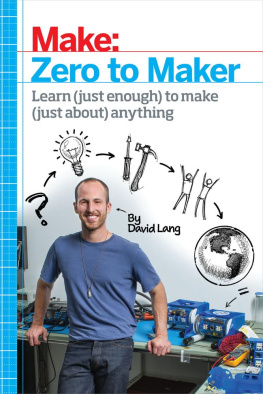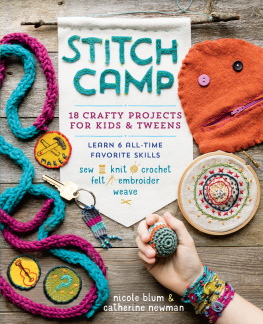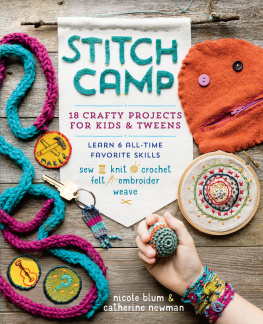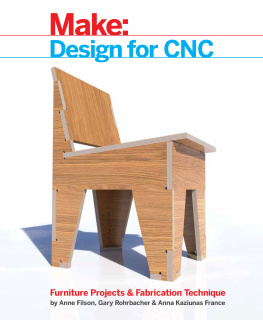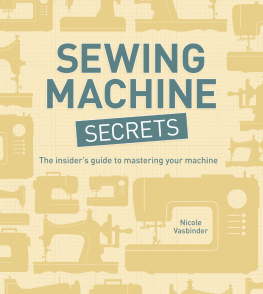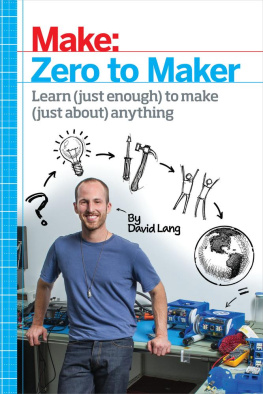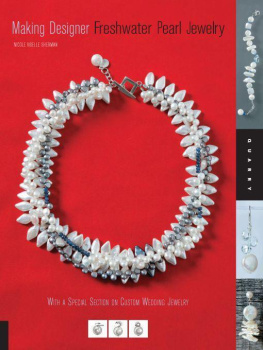Publisher: Amy Marson
Creative Director: Gailen Runge
Art Director/Book Designer: Kristy Zacharias
Editor: S. Michele Fry
Technical Editors: Julie Waldman and Gailen Runge
Production Coordinators: Rue Flaherty and Zinnia Heinzmann
Production Editor: Joanna Burgarino
Illustrator: Mary E. Flynn
Photo Assistant: Mary Peyton Peppo
Cover photography by Nissa Brehmer; style photography by Tea Ho, unless otherwise noted; subject photography by Diane Pedersen, unless otherwise noted; how-to photography by Nicole Mallalieu, unless otherwise noted

Im a self-confessed sewing geek, obsessed with improving my own skills and learning new and better ways of making things. My other passion is sharing that knowledge and watching skills and confidence grow in other people.
Ive designed this book to help you become a better bag makerexpanding your repertoire and improving your ability to achieve a professional finish on all your sewing projects. Each project in this book uses the same basic pattern and teaches you a range of techniques for adjusting the proportions of the pattern, as well as constructing pockets, straps, flaps, and bases. Using this variety of techniques, you can transform the basic design into endless different styles. Ive merged the skills and tools that Ive picked up from working in fashion production, making handcrafted leather goods, dressmaking, quilting, and developing products in the specialized area of handmade fabric bags.
My approach is always the shortest route to the best finish, and Ive included a lot of tips to help you find that path in your own sewing. My tips are often lessons that were hard-won by my own mistakes, or simply by the sheer number of times Ive made some parts, always looking for a way to do it faster and better. (My biggest tip, when using this book, is to read the tips!)
You get no reward for doing things the long way with sewing, but you can win praise, appreciation, sales, and awards for making fabulously well-finished fashion accessories. Most important, you can take pride in your own work and enjoy the creative buzz when projects come together quickly.
Through teaching classes in my areas of expertise, Ive gained insight into a broad range of learning styles and seen that, given the right pace and clear technique-by-technique instructions, people can improve their skills and confidence and sew better than they ever imagined they could. Ive seen the results and Ive seen the pride on peoples faces. And I believe that Ive started more than a few bag-making addictions!
Now its your turn!

To most effectively learn from this book, start with the first project and become familiar with the basic construction techniques. The projects are ordered by degree of difficulty, each with at least one special technique to gently guide you on to more challenging design features. You can pick and choose your projects or work your way through all of them, as a kind of self-paced bag-making course.
Ive graded the skill levels Beginner, Advanced Beginner, Intermediate, and Confident, and some of the bags bridge these levels.
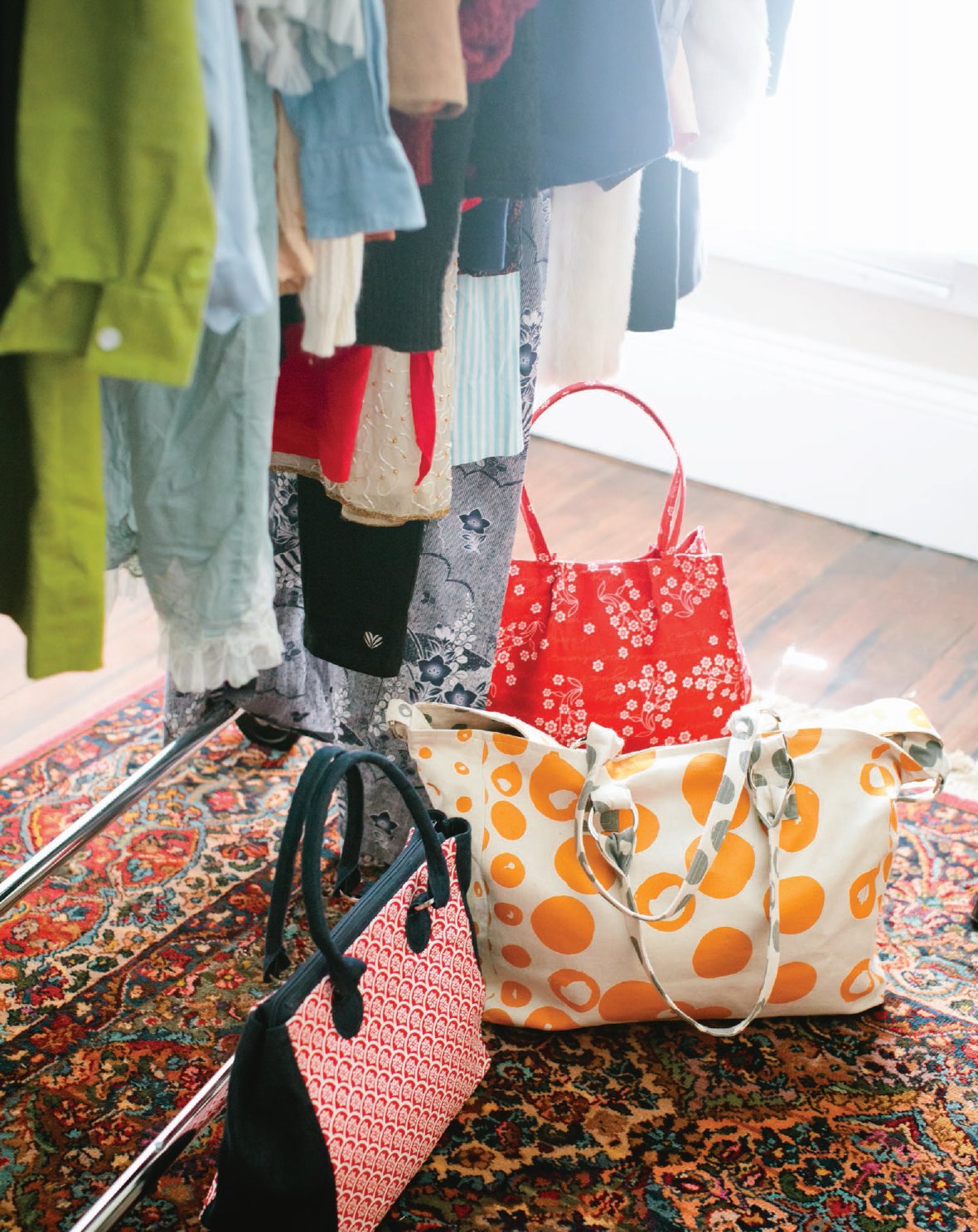
BEGINNER: The beginner projects are designed to introduce the basic concepts of bag making and to increase confidence. You will need to know how to use a sewing machine and understand the basic language of sewing instructions.
ADVANCED BEGINNER: At this stage, confidence is starting to take hold, and you seek new challenges. The projects are designed to introduce minor challenges that have maximum effect and will improve overall skills.
INTERMEDIATE: These projects are designed with the assumption that you have the ability to follow instructions, sew accurately, and understand the sewing machines capabilities and accessories. The projects are more detailed and will take longer to complete than a basic bag.
CONFIDENT: If you have worked through the other bags in this book, or if you are an experienced crafter who has sewn all sorts of awkward things, then you should feel confident to tackle these more detailed designs. They require the ability to follow more abstract instructions, the strength to manipulate heavily interfaced fabric around a sewing machine, and a solid understanding of your sewing machine. They also require a sturdy sewing machine.
If the instructions look a bit lengthy, its not because they are complicated, but because they are broken down into tiny steps to guide you through unfamiliar sewing territory. The first time that you make any particular project or bag component will take longer than any other time, and as you repeat the processes, youll find that you need less guidance and that youve improved both the speed and the quality of your sewing.
Youll notice that many of the techniques are repeated throughout the projects, but each project has another set of techniques to learn. I suggest reading through the instructions first and bookmarking the relevant pages in the Basic Bag-Making Techniques section. As you become increasingly familiar with the basics, youll spend less time reading these pages (eventually not needing them at all). You can then focus on extending your bag-making repertoire with the new techniques, design ideas, and finishing techniques of the more advanced bag designs.
My method of teaching is to take you slightly beyond your comfort zone, and then to gently guide you to success. If you follow the instructions as you work through each step, Im sure youll be amazed at the quality of the work that you can achieve. However, if youd rather slow down the sense of being thrown in at the deep end, feel free to substitute any of the more complicated design features with one of the more simple techniques from the Basic Bag-Making Techniques section or another project.
After youve made the projects in this book, youll have a whole new bag of tricks and design features that can be swapped and changed between projects and also applied to any bag-making project of your choosing. Most likely you will also find that the skills and tips are useful in all sorts of everyday sewing.
Start with small challenges and build up your confidence as you move on through the projects.
Pretty soon, you wont be able to stop making fabulous, fashionable new bags!
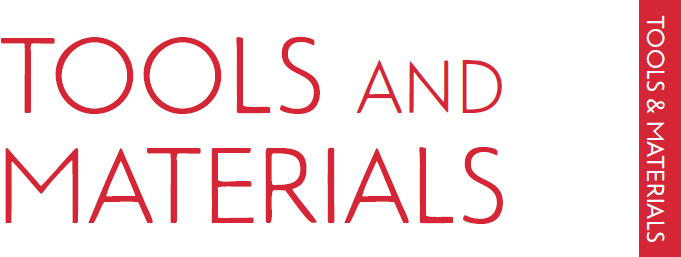
Ive included instructions on the use of specialized interfacings, materials, and gadgets that I use to help make a professionally finished bag come together with minimal fuss. Because of the nature of international trade, some of these products are available worldwide, sometimes with different brand or generic names. Some products may not be available in your part of the world, so its especially important to understand their properties if you are to substitute with what is available to you.
SEWING MACHINES
If youre in the market for a new machine for bag making, dont be seduced by the number of decorative stitches a machine has. A good motor and strong feeding mechanism are the most essential features. Youre better off buying a simple, high-quality machine (even if secondhand) than a less capable machine with bells and whistles that youll rarely use.
Next page
